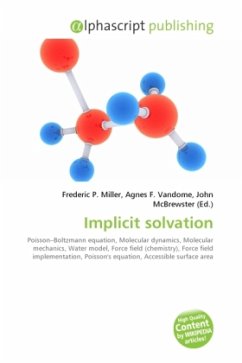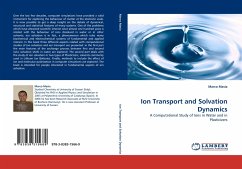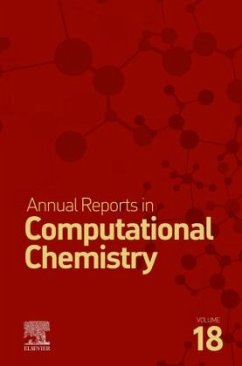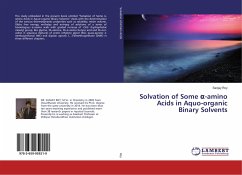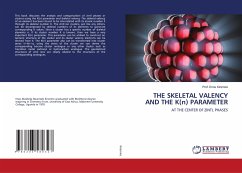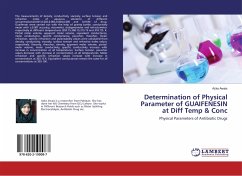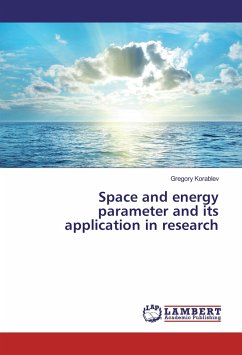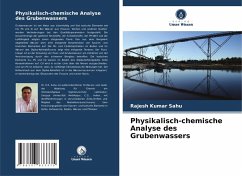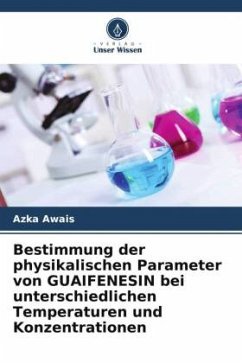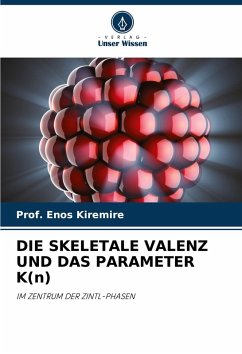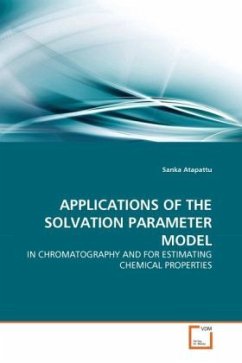
APPLICATIONS OF THE SOLVATION PARAMETER MODEL
IN CHROMATOGRAPHY AND FOR ESTIMATING CHEMICAL PROPERTIES
Versandkostenfrei!
Versandfertig in 6-10 Tagen
52,99 €
inkl. MwSt.

PAYBACK Punkte
26 °P sammeln!
The solvation parameter model is now well established as a useful tool for obtaining quantitative structure-property relationships for chemical, biomedical and environmental processes. The model correlates a free-energy related property of a system to six free-energy derived descriptors describing molecular properties. In this book the use of gas chromatography, reversed-phase liquid chromatography, micellar electrokinetic chromatography, and two-phase partitioning for determining solute descriptors is described. A large database of experimental retention factors and partition coefficients is ...
The solvation parameter model is now well established as a useful tool for obtaining quantitative structure-property relationships for chemical, biomedical and environmental processes. The model correlates a free-energy related property of a system to six free-energy derived descriptors describing molecular properties. In this book the use of gas chromatography, reversed-phase liquid chromatography, micellar electrokinetic chromatography, and two-phase partitioning for determining solute descriptors is described. A large database of experimental retention factors and partition coefficients is constructed after first applying selection tools to remove unreliable experimental values and an optimized collection of varied compounds with descriptor values suitable for calibrating chromatographic systems is presented.



